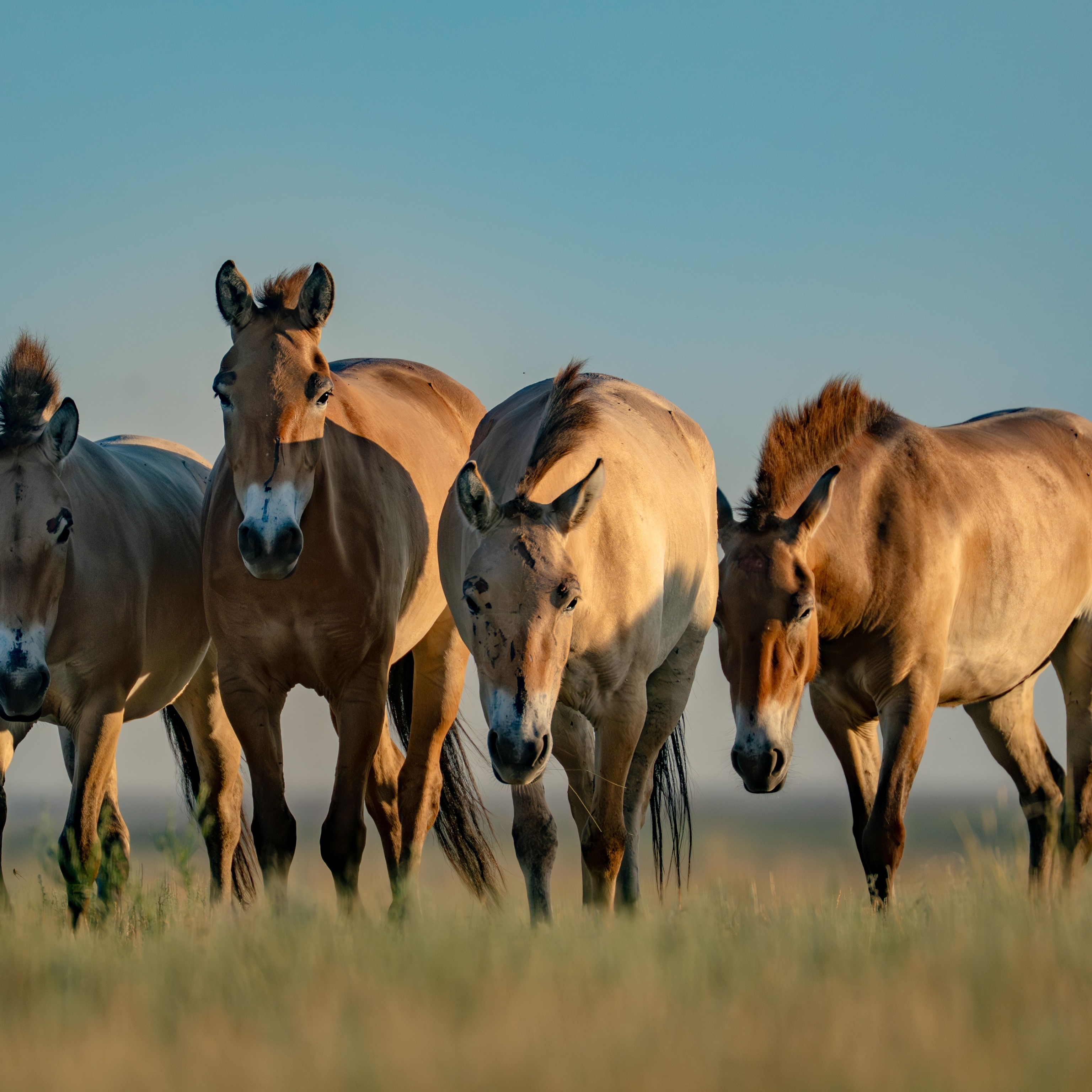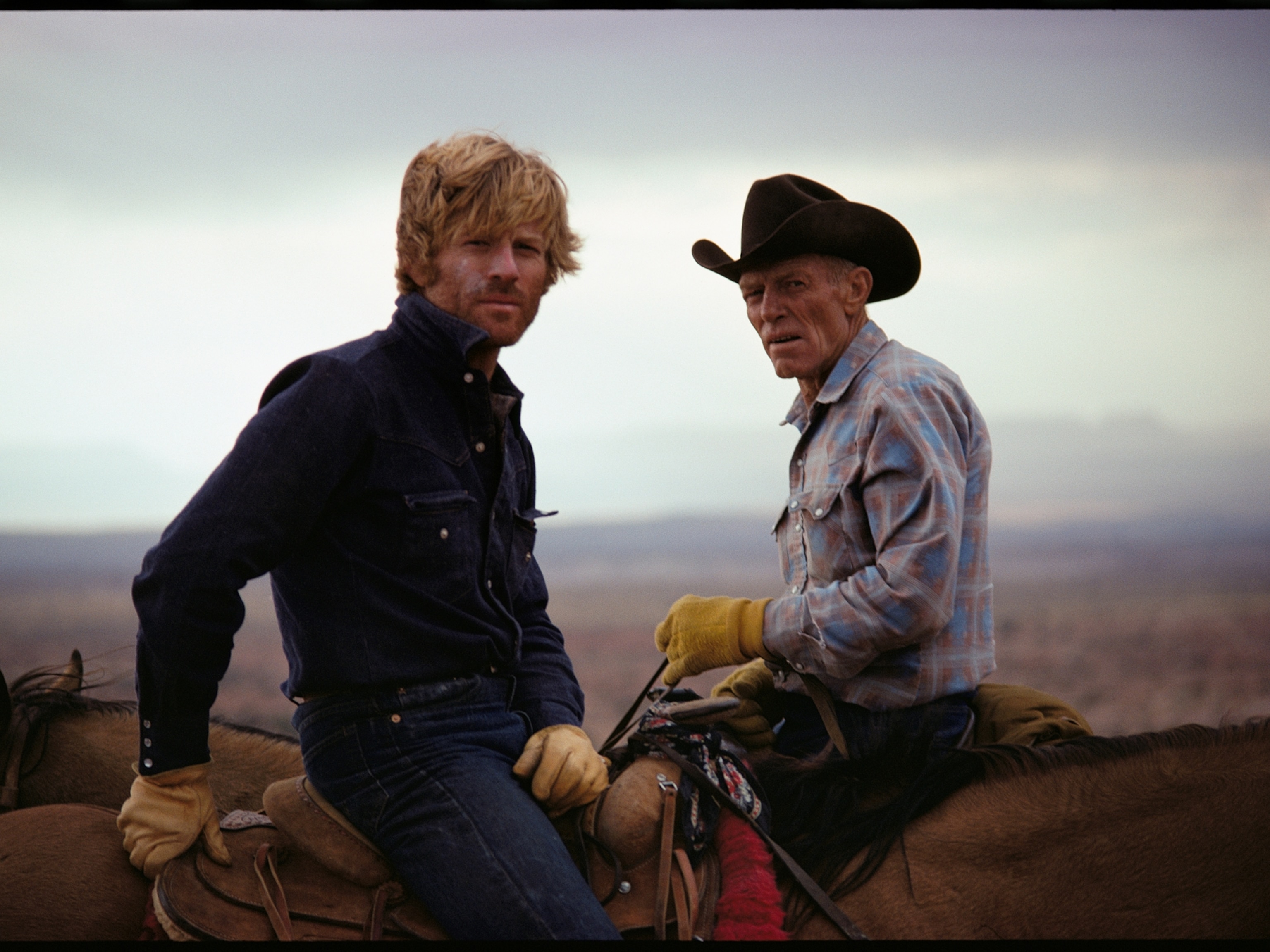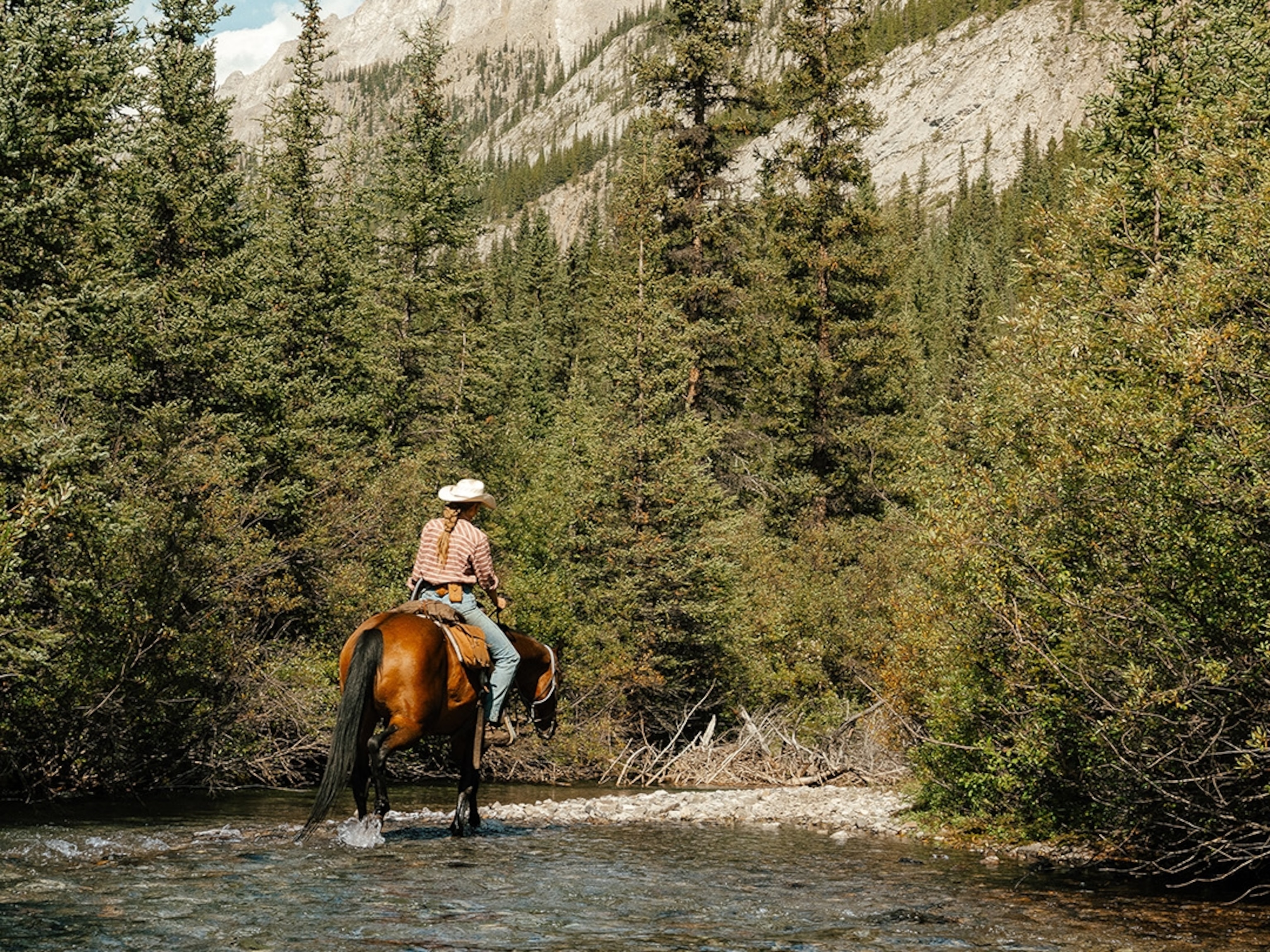
Is the West's Wild Horse Crisis So Bad Only Euthanasia Can Fix It?
As herds of wild horses overrun the American West, some see euthanasia as a last resort for saving them—and their fragile ecosystem.
Last year, filmmaker Ben Masters inspired everyone’s inner cowboy with his documentary Unbranded—the story of four Texas cowboys who trained wild horses and rode them the breadth of the American West, from the Mexican to the Canadian border. Along the way, the film explored the plight of America’s wild horse herds, which were so diminished they received federal protection in 1971. The numbers have since rebounded to the point where rangelands are experiencing degradation from the effects of overpopulation.
Young, handsome, and well spoken, Masters became a celebrity in wild horse advocacy. Last winter, he was appointed to a nine-person advisory board that advises the Bureau of Land Management (BLM) on how to run its Wild Horse and Burro Program. Posted to the Wildlife Management Chair, he joined a team with a wide range of expertise, including veterinary medicine, animal welfare, and natural resources management.
At the board’s biannual meeting, held last week in Elko, Nevada, Masters surprised his supporters by joining an eight to one vote in favor of adding the use of euthanasia as a tool for the BLM in managing its overcrowded holding facilities. The agency is overburdened, he says, with the $50 million annual cost of caring for 45,000 surplus horses and burros kept in BLM holding facilities across the country. Euthanasia would be a final measure, after horses are given a final chance for adoption, or placed in new sanctuaries or public lands that might become available. By presenting the option, Masters hopes the board’s recommendation will be a wake-up call for Congress and the public about the severity of the situation.
The recommendation, if approved by the BLM, then heads to Congress. If passed, the fate of America’s overflow wild horses and burros could be decided as soon as 2017.
National Geographic Adventure spoke with Masters about the board’s decision and his view on the wild horses’ place in the landscape of the American West.
How did making Unbranded shape your appreciation of wild horses, and view of their role in the West?
I grew up in Texas, where the horse is a cultural icon. In 2010, I was studying wildlife biology at Texas A&M, but I didn’t really know what I wanted to do with my life. Two of my friends and I dropped out for a semester, adopted wild mustangs and rode them up the Continental Divide Trail, from Mexico to Canada. We didn’t adopt them for any special reason, but because we were broke, and mustangs were cheap. They turned out to be incredible horses and I’ve adopted a lot of mustangs since then. The trip changed my life. I fell deeply in love with our public lands and felt a strong desire to do my part in passing a good land legacy down to the future.
At that point, there were 30,000 wild horses in holding pens. I was like, Damn, this is a huge problem. How can we fix this in a humane manner?
That was the instigating point of Unbranded. By documenting the process of adopting and training wild horses, we wanted to shine a light on the problem of horses in holding pens, and show that a lot of them are just waiting to be turned into good horses.
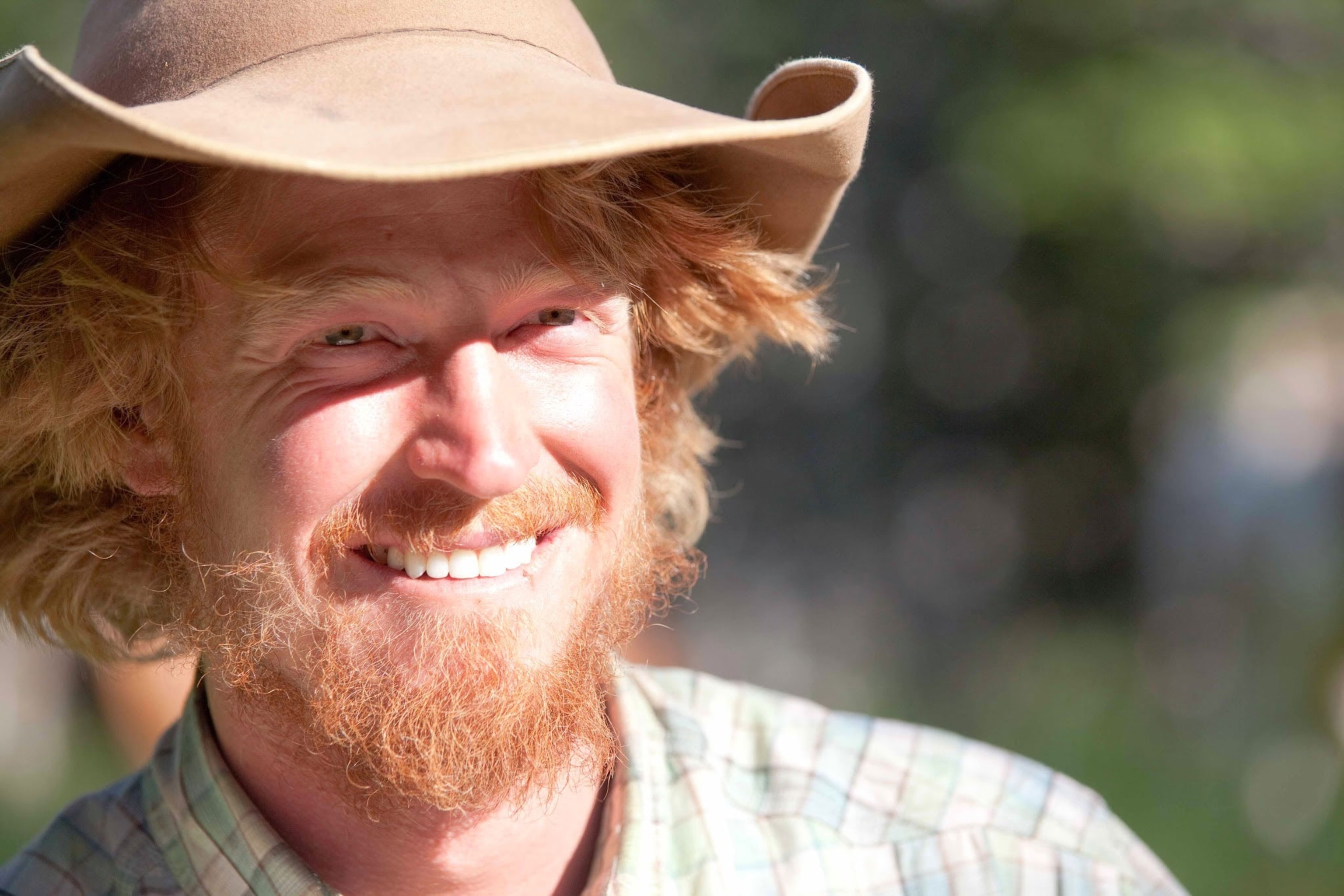
When we released the film, there was an outpouring of support for the cause of wild horse adoption in the press, on social media, at film festivals, and on Netflix. We also held a special screening in 250 theaters, where all the money went to trainers who work with wild horses for adoption.
But it didn’t work. We convinced maybe a few hundred people to adopt. Maybe I was naive to think we could solve the problem.
Is that why you chose to join the BLM’s advisory board?
To be honest, I was nominated to this position and was very reluctant to take it. All it’s given me is a whole bunch of stress, headaches, and bad press. It is such an emotional topic and the amount of misinformation surrounding wild horses and burros is astounding. The BLM has a terrible reputation among much of the general public and is constantly targeted with lawsuits. Passionate people on all sides of the issue have created a gridlock that they’ve stifled the BLM’s ability to keep wild horse populations at a controlled level. In a way, wild horses are being loved to death because people focus on their beauty, but not the health of the rangeland they depend on. I’ve been guilty of that, too. Voting yes on the advisory board’s recommendation was the hardest decision of my life.
So, I joined the board to help find sustainable solutions for improving rangeland health. For 40 years, all the BLM’s dealings with the skyrocketing wild horse population has been like putting Band-Aids on a broken arm.
The situation has gotten worse. Right now, we have 75,000 horses and burros living in the wild in a very delicate ecosystem that can support only 27,000 horses. On top of that, we have another 45,000 horses that were rounded up to prevent overgrazing, and now they live out their lives in holding pens and on leased pastures. The BLM is spending two-thirds of its annual budget, $50 million, caring for them. Think about the environmental: the amount of water to grow all that hay, the fuel used for trucking it around. It’s superexpensive and environmentally irresponsible.
Is it even humane to keep wild horses in holding pens? I don’t think so. We need every tool available, including euthanasia, to get the wild horse population back to living entirely where they belong: in the wild.
As someone who’s traveled widely across the West, have you seen the effects of overgrazing? What does it look like?
At last week’s board meeting, we spent a day touring the Antelope Valley Complex, a herd management area in Nevada. Back in the day, the BLM went out and calculated that there was enough grazing for between 280 and 500 horses. The current population out there is 3,600 horses, about seven times the appropriate management level. It’s gotten so bad, the BLM has taken away most of the grazing from the livestock operators in the area because there is not enough grass.
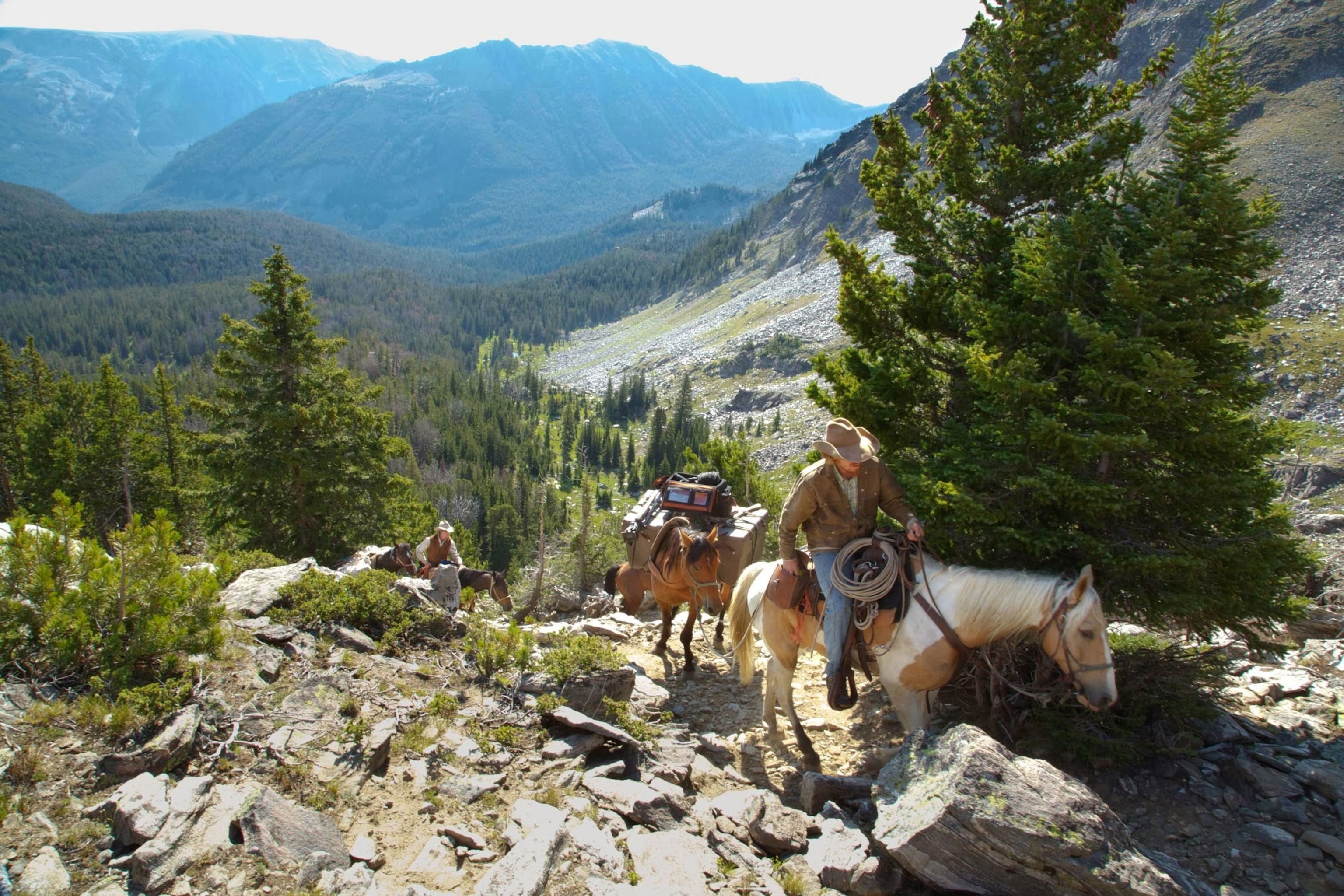
We had some rangeland scientists with us who explained what’s happening. All the animals on the land want to eat the most palatable grass, with the highest amount of nutrition. If you have a tremendous amount of animals on the landscape, pretty soon those priority foods—the “ice-cream” crop foods—all get eaten. Then they go on to their next favorite food, then their next. Over time, we lose the high-quality native species that provide food for pronghorn and deer, as well as horses; and provide habitat for threatened species like sage grouse. Invasives like cheatgrass take over, choking out the native species, turning the rangeland into monoculture.
Many critics argue the BLM could provide more rangeland for wild horses by reducing or eliminating the livestock permits owned by public lands ranchers. Could that be a solution?
A lot of people feel there’s a disproportionate amount of cattle and sheep grazing on public lands compared to horses. Livestock graze on hundreds of millions of acres, while wild horses get only about 30 million. Why can't the livestock operators share more of the forage with the horses? That is a good question and I would love to see more acreage opened up. The board is studying that possibility right now.
- National Geographic Expeditions
But I think it’s irresponsible to give out land for more wild horses when the BLM has proven, over 50 years, incapable of controlling their populations. Even if we tripled the amount of acreage available to wild horses, they’d fill it up in 10 years, and we’d have the exact same problem as we do now, except that we’d have a tremendous increase in horses. Although, one option I am pushing for is to add public lands for nonreproductive herds of wild horses, where they can live out their lives on the range, instead of in a pen. That would help prevent the need for euthanasia.
The wild horse issue is a lot bigger than horses and cows. People are saying, “Oh, if you want to remove horses, then you must be profiting from having cows out there.” Wrong. I’m focused on rangeland health. I think it’s complete garbage when ranchers overgraze their land, and I have zero stake in the cattle business. But I do know, and it is well documented, that overgrazing by any species can lead to rangeland deterioration in the delicate ecosystems of the American West. This is happening right now, by horses, in some areas. And once those delicate ecosystems reach a threshold of deterioration, it can take decades to come back, if they ever do. In fact, there are millions of acres of invasive monocultures that have taken over areas in the West that may never be recovered.
The board’s vote was nearly unanimous. But there’s already been a heavy backlash against the plan, and you personally, on social media. What do you say to critics?
Go adopt a wild horse. If everyone who posted hateful messages online would adopt a wild horse or sponsor a mustang in a sanctuary, then I don’t think a single horse would have to be euthanized. Don’t be a keyboard critic, be part of the solution. I don’t want the horses to die. A lot of things can happen before it comes to that. I want the BLM to put more money into advertising the adoption program, especially on the East Coast, to get as many of them into homes as possible, before reaching the point of euthanasia. I also think they should get rid of the rule that people in foreign countries can’t adopt a wild horse or burro.
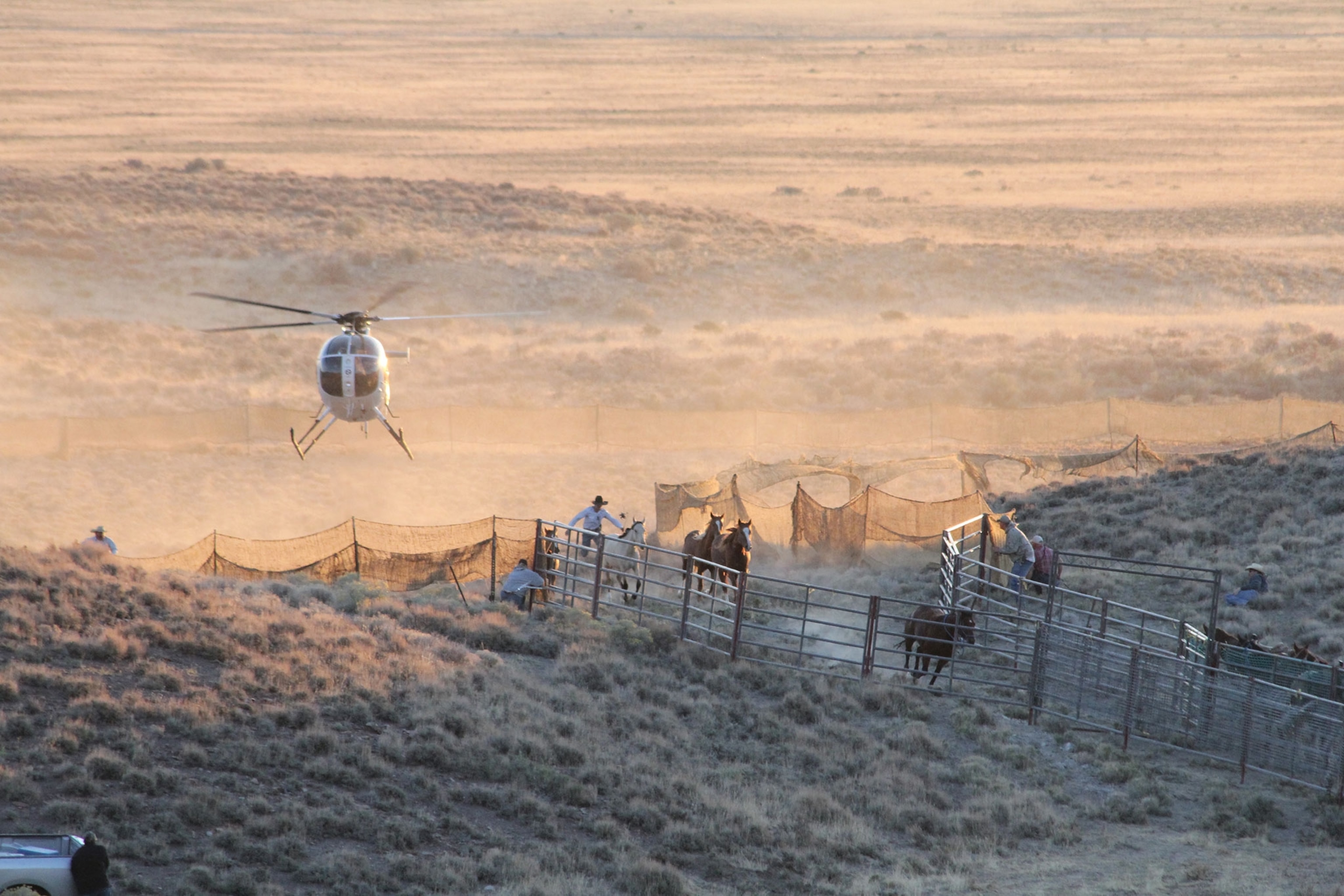
Another thing people can do is get trained to use PZP, a fertility control vaccine that can be delivered to horses via a dart gun and makes them infertile for a year. It’s horse birth control. It works in many places and I want to see this usage of fertility control greatly expanded.
Just because the board made our recommendation, it doesn’t mean the BLM will do what we say. Our job as a group of volunteers is to say, Hey, BLM, look at other ideas because you’re stuck in a rut. Then, our recommendation has to be passed by Congress. With a new administration coming on in 2017, I don’t think they’ll be fast to act. When they do, we’re hoping Congress sees our recommendation and thinks, Oh, damn, this is really, really bad. We’re failing our horses and our rangelands. Then maybe they’ll give the BLM extra funding to open more public lands for wild horses and burros, to buy seed to rehabilitate the native rangeland, and to expand the use of humane contraception to slow population growth.
I don’t want to euthanize horses, but I’d rather do that now and save the rangeland so wild horses and wildlife can have a future, rather than watch millions of acres of rangeland get destroyed. It’s not fair to let horses and burros eat other animals, like pronghorn, songbirds, reptiles, and sage grouse, out of a home.
The situation will get worse and worse. By this time next year, there will be 12,000 new baby horses in the wild. Horses are starving and thirsting to death in some areas right now, and emergency roundups are taking place. Nevada, home to 60 percent of wild horses, had an excellent spring this year. And still there have been instances of starving and thirsty horses. Think about what would happen if Nevada doesn’t get any rain next year. Horses would starve and thirst by the thousands. Public outcry would require the BLM spend however much it takes to rescue them. But all the other animals depending on that landscape won’t be so lucky.
